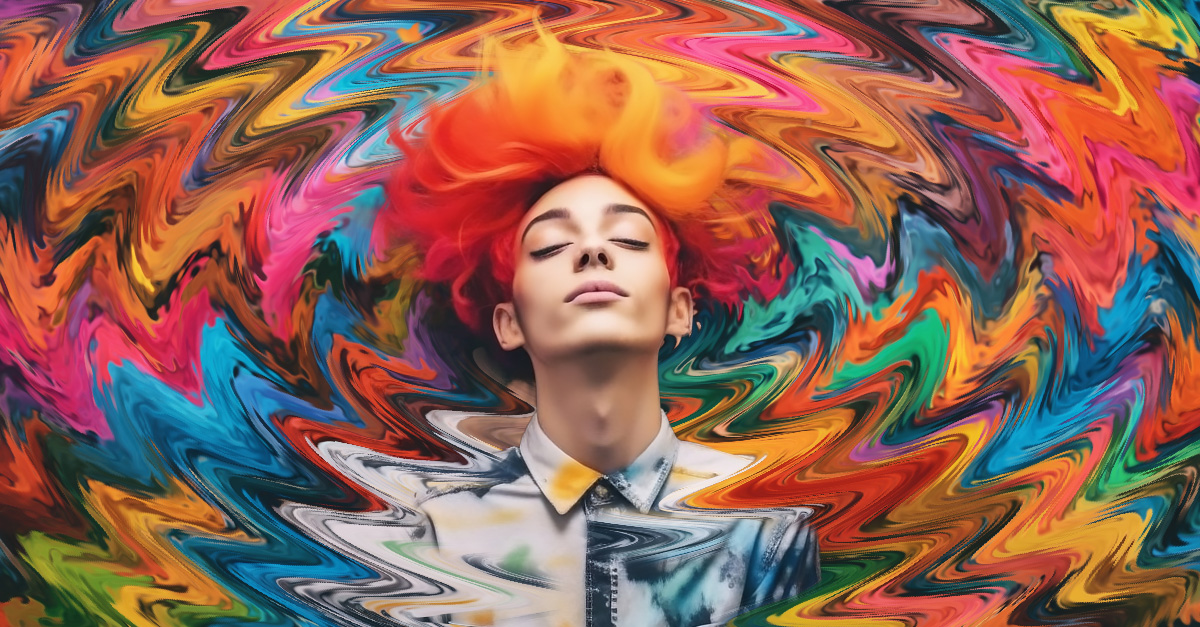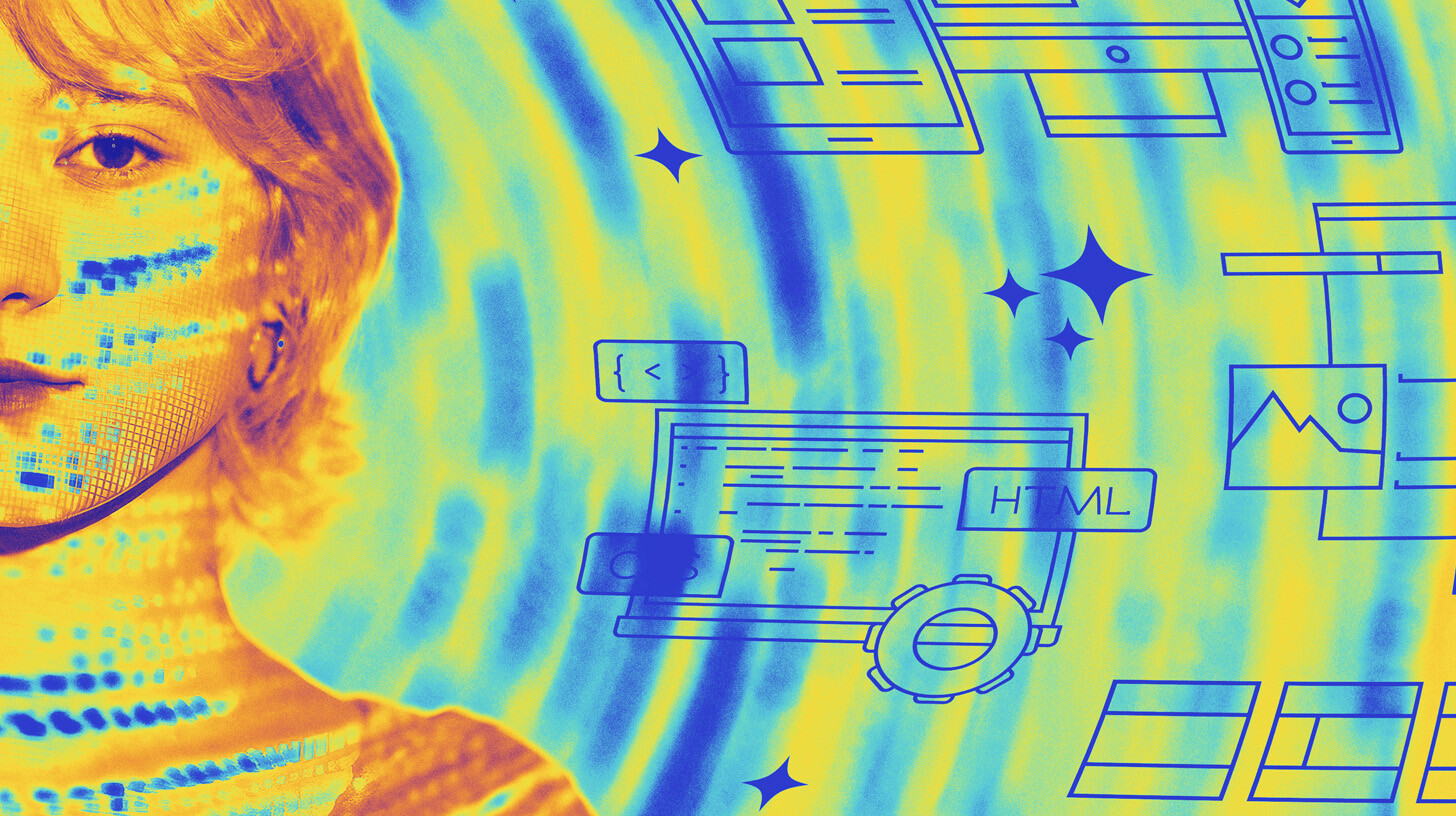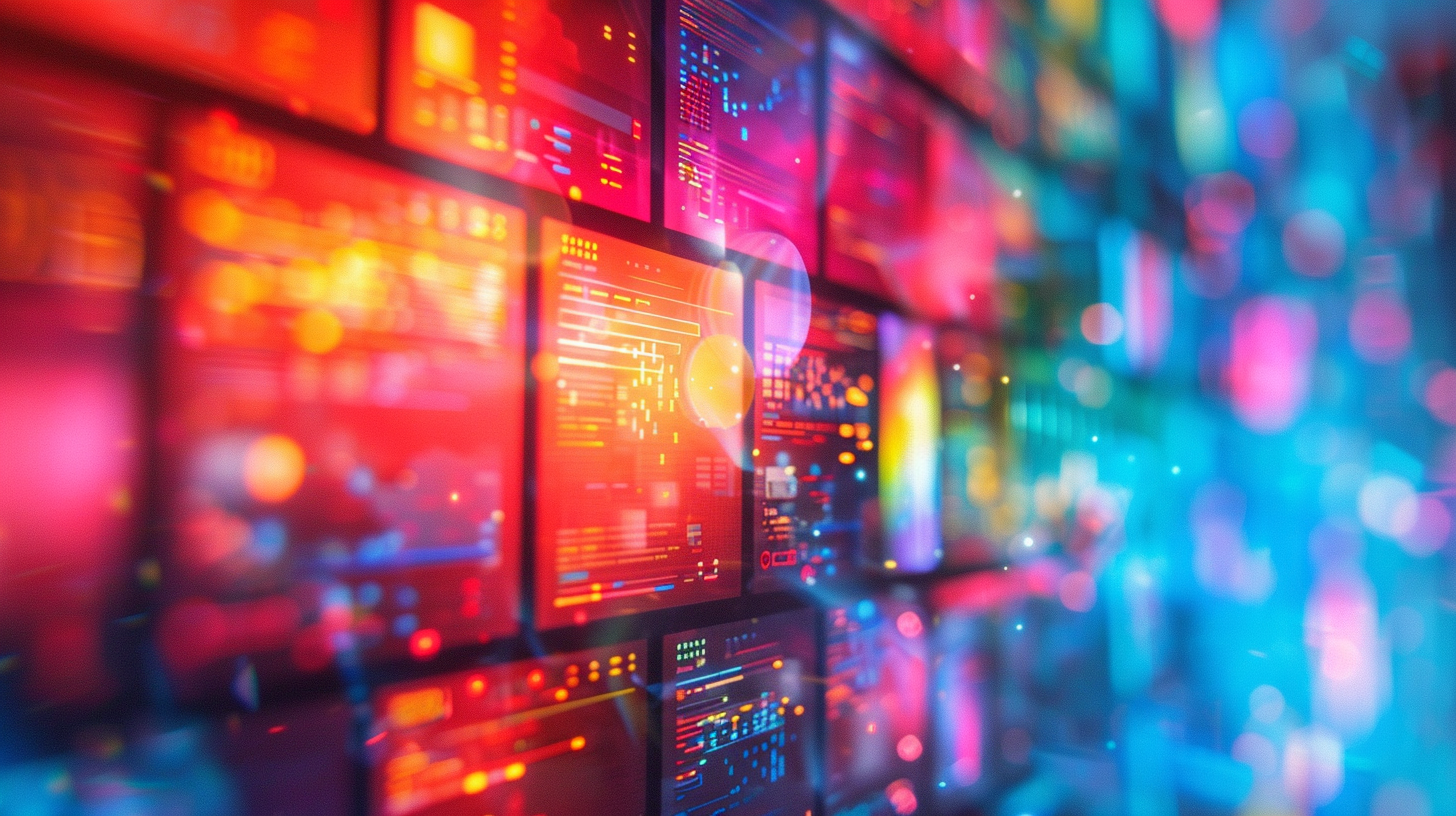With the amount of attention generative AI gets, it isn’t easy to imagine future creative work void of advancements. That’s why, rather than fearing its capabilities and subscribing to the moral panic of AI replacing large swaths of job opportunities, we believe it’s time to embrace innovation and discover ways creatives can leverage the technology to improve the design process versus reimagine it entirely.
Without designers and creatives – their human input and unique experiences – AI cannot become more sophisticated. And while generative AI is becoming exceptional at specific tactics, it's not suited for all aspects of the design process. Instead, it's co-creation between humans and machines that will make the outputs shine.
What generative design is REALLY good at
In its most strategic use, generative AI can improve and support the work of artists, photographers, and post-production teams in many ways:
Powerful ideation
Generative AI is most valuable in a project’s early stages when ideas are first generated and explored. The brainstorming and ideation phase is often the longest in a creative process, with designers scouring the internet to collect images for inspiration. Generative AI acts as a search engine in this regard, working as a replacement or enhancement to general interest searches as queries can be created with more stringent parameters. The specificity required for prompt engineering speeds up the discovery process tenfold. And, even though there is currently a learning curve for prompting generative AI design tools, the results coming back from even the weakest query may return something a designer would never have thought of initially - helping to push design limits and think outside of the box.
Creative amplification
With more unique ideas coming out of Generative AI, designers can further iterate on the winning concepts before layering it in Photoshop for refinement, which Evolv AI’s designer Valerie Foster calls an “undeniably amazing design resource.” While DALL-E or Midjourney may return a flood of images to draw inspiration from, let’s be clear, it’s still on the designer to use their valuable insights and critical thinking to iterate on designs and make choices that ultimately lead to visual solutions that will map back to the brand, enrich people’s experiences, and succeed at an individual project level. The difference is that designers can now spend the bulk of their time improving iterations instead of ideating concepts in the first place.
Expediting production
Generative design is also a powerful tool for quickly approaching potential design options at scale. Because generative algorithms create a swath of possible solutions in a fraction of the time it would take a designer to generate them manually, it’s an excellent tool for deliverables on a tight turnaround or with multiple versions required. For example, have you ever gotten close to the finish line on an asset, landing page, or website when suddenly, last-minute feedback rolls in? Despite the degree of changes requested, the due date often remains the same.
Generative design is excellent in a scenario such as this.
When content needs to be revised at the last minute, running an existing image through an AI filter could produce rapid, fresh, on-brand imagery. Foster says, “I’m all for tools that can optimize my process and ideally do away with repetitive tasks. For example, if I’m striking blog header images, I typically mock up three ideas before deciding on a winner to pour my energy into. By using generative design, what traditionally took me several hours were cut down to minutes.”
Just like CAD helped improve the pace of architecture or engineering design, or Photoshop helped us improve images generated by humans, generative AI is a tool to help improve the design process and expedite tasks that traditionally absorb time. Generative design is a new addition to a designer’s toolkit, working to improve design processes and outcomes.
What humans and generative design can accomplish together
When dividing and conquering design tasks between internal resources and generative design tools, there are real-life bottom-line benefits brands can realize:
Improved experimentation
Generative AI helps multiply the success of top-performing campaigns or increase conversions on stagnant campaigns through its ability to learn, improve, and quickly provide outputs. For example, if experimenting with multiple paid campaign creative options, maybe your messaging is locked in, but the graphics haven’t successfully captured your audience’s attention. Generative design helps the experimentation process by producing alternative images -- based on a concept image-- for you to test. Whether ready to ship upon inception or not, generative AI moves the needle toward stronger concepts faster, increasing the likelihood of finding the image that increases conversions most.
Resource and cost efficiency
Generative design is built for skilled designers and non-designers alike, meaning more people across teams can begin ideation and communicate ideas to designers more effectively, saving time on feedback loops while being cognizant of projects that designers invest in. Additionally, the shift toward generative design reduces the shortcomings of stock images which are both costly and run the risk of redundancy, as other brands can also leverage the same pool of content. By working in partnership with generative AI tools, brands can have unique, on-brand graphics faster and at reduced costs.
Keeping pace with trends
Foster says, “I’m yet to ship a generated image as-is, as the open-source engines in their raw form aren’t quite there yet.” This reality is in part due to the misalignment of generative design output and consumer design preferences. While brand guidelines may remain consistent year-over-year, design trends that resonate with consumers change more rapidly. So despite an output that matches your hex codes and font requirements, generative AI may be off base when it comes to trending color palettes that complement existing brand colors or en-vogue clothing options and general aesthetics that make up the ancillary elements of an asset.
With misalignment of what’s hot right now versus what was hot five years ago, AI image outputs will look unironically out of date. When too far off-base, designers must start over with a new prompt to become closer to their expectations. Features like those in Evolv AI’s roadmap that pair a trend index with generative design capabilities will help close the gap on the shortcomings of modern generative design, but for now, human intelligence and critical decision-making are the only ways to get outputs fully production ready.
Opportunities for creatives abound
Opportunities will undoubtedly continue to surface for creatives as we continue to learn how to work best with generative design tools. One opportunity we already see trending is the ability to become a skilled prompter.
Getting as detailed as defining era, lighting conditions, mood, and angles will help cut down on some of the time designers spend revising outputs from generative tools and become a unique opportunity for designers to be well-versed in communicating with these technologies. The designer of the future will be well-versed in communicating precise constraints and parameters not only to get good output, but to train the system to learn what solutions are more desirable than others.
There are entire marketplaces of prompts for sale to get better-looking images that don’t work through that dreamlike, surreal scenario that AI most commonly pops out. Foster says, “A well-crafted prompt can be a powerful tool in carrying a particular style across a series of images rapidly and with minimal effort.”
Curious to learn more about what’s up and coming with generative design or how you can best leverage the technology? Reach out today for a FREE site analysis to learn what Evolv AI can do for you.


.webp) Michelle Looney
Michelle Looney



